We saw our first big penguin colonies, and tried our best at being National Geographic wildlife photographers.
I did get up myself up at 1 to get ready for sunrise and successfully shot icebergs under the pink sky. I got some good shots, but the moonrise was obscured by clouds. Then went back to sleep until 7, when the ship-wide wakeup call was broadcast.
This morning we are landing at Brown Bluff, where there’s a large penguin colony and an ancient volcano that erupted under an ice cap. This is a fairly rare geological phenomenon called “tuya” and is characterized by a steep sided mountain with a flat top. Our expedition leader was quite excited about subglacial magma, but we were more focused on the penguins.
On the zodiac ride we saw more porpoising behavior, and understood why they were going so fast when a leopard seal went right under us! Of course my gopro camera wasn’t in the water, but I got a good view of it’s flippers as it flipped over and then darted off to follow its prey.
Once on land, it was easier to set up shots and I was glad I brought the tripod. It felt a bit like we were in the BBC, and I did my best David Attenborough voiceover and penguin impressions. I got some good shots of parents with chicks, details of beaks and feathers, and some nice portraits against the blue ice on the beach. Penguins are excellent models, and not at all fearful of human visitors.
In the afternoon, we landed at Paulette Island. Here there were many more penguins in a noisy, smelly colony of more than 100,000 breeding pairs of Adelies. I did more shots of groups, and tried some video which is much harder to get right than stills. But you’re able to get a sense of the scale of the colony, and a bit of the noise.
After, we took our zodiac on a cruise through the bay to see humpback whales. I got a few good shots of a fluke, and will upload to HappyWhale to follow their migration journey north.
Right before dinner, more whales appeared off the bow during our daily recap meeting. The captain came into the briefing room and said “sea pandas” which is apparently code for Orcas. These are distinct from the Alaskan ones we’ve seen previously, with more grey than black markings and almost a yellow tinge to their skin that our whale biologist said is caused by their diet. We diverted our course and our meal to follow them for a bit. They were interacting with another humpback, but it wasn’t clear if they were hunting or playing. Maybe a bit of both.
Another delicious dinner and drinks: I had scallops, Ruth had a rack of lamb, and then to bed for another early sunrise shoot. It’s a tough schedule, but this is why we are here.
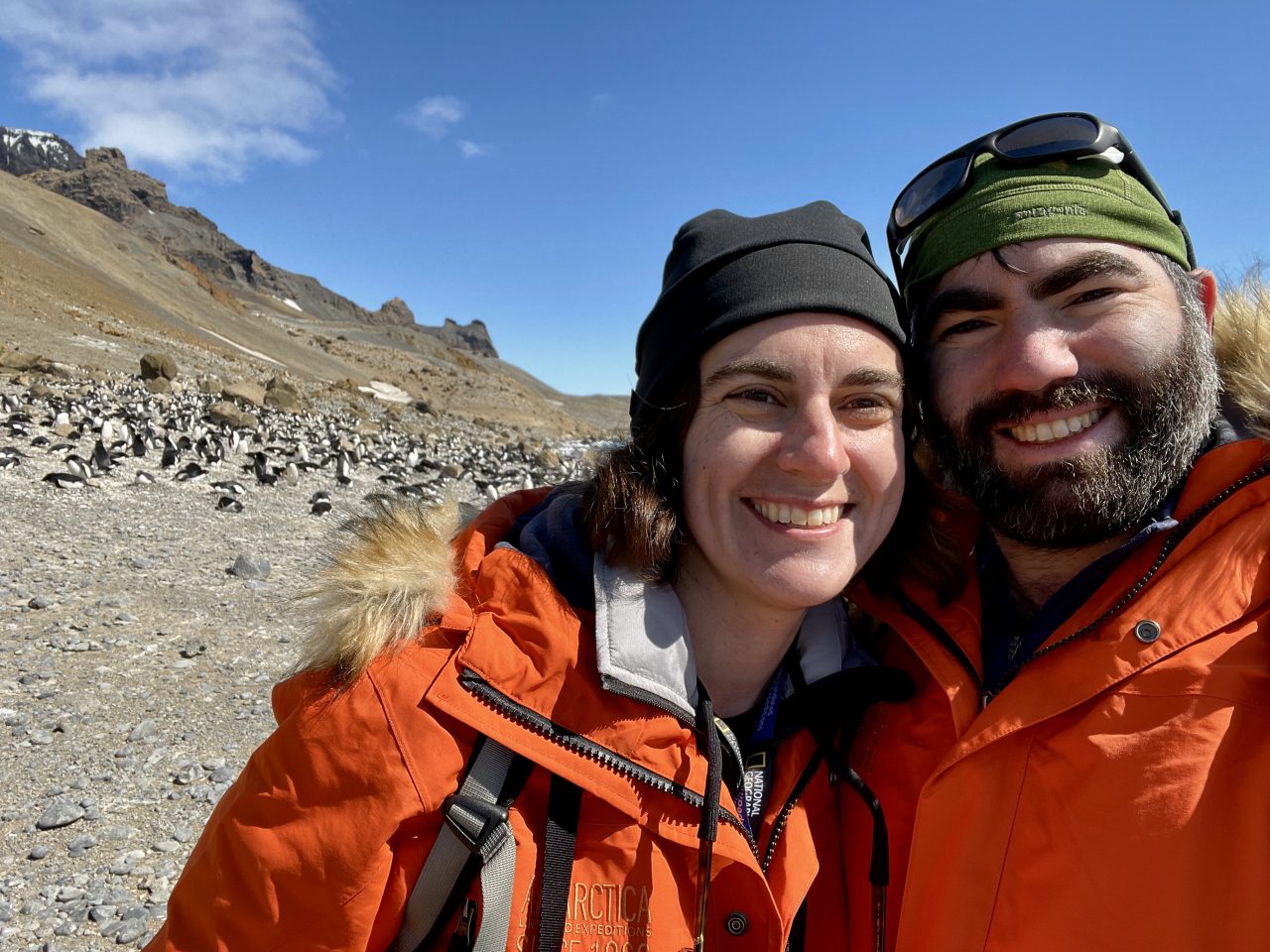
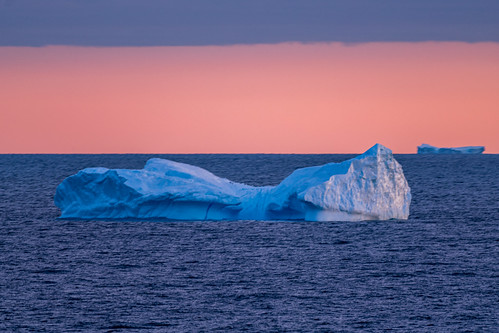
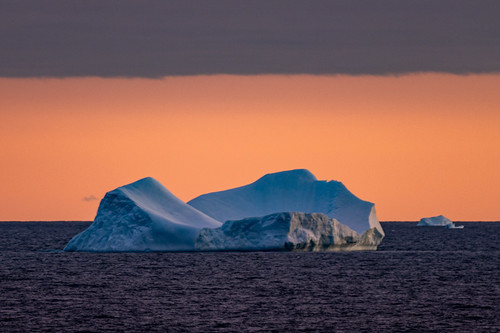
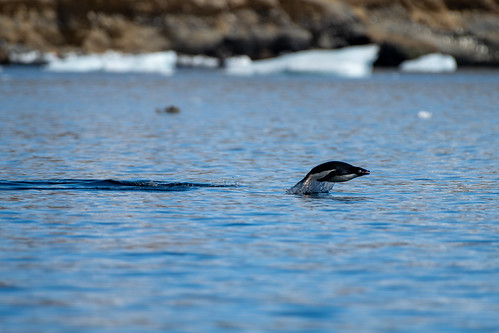

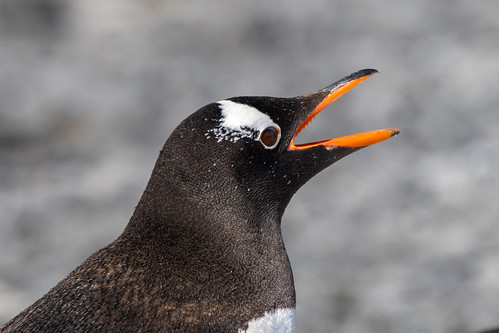
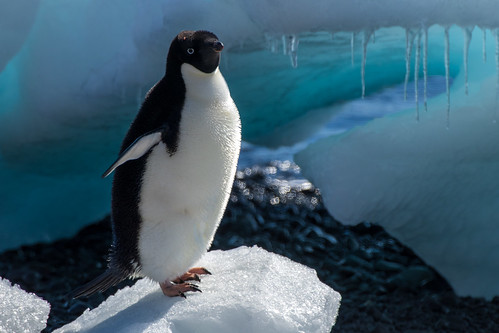
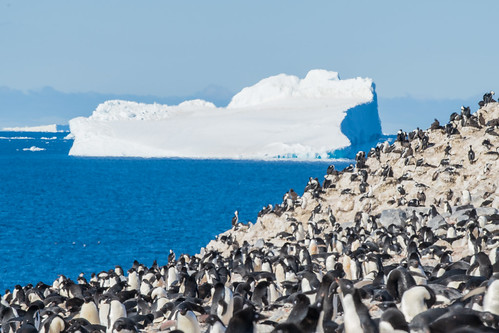


Leave a Reply